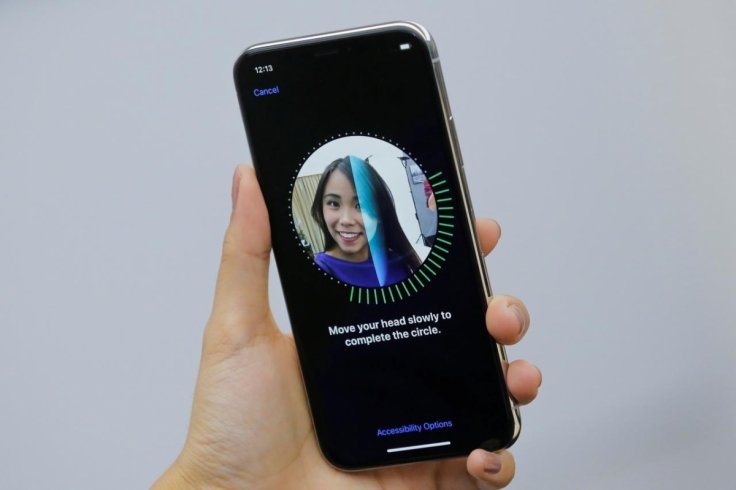
For millions of iPhone users worldwide who own an iPhone that uses Face ID, unlocking their phone has become difficult during the coronavirus pandemic and due to a small but significant lifestyle change that it has brought along - face masks. The generally fast and convenient Face ID tends to fail to recognize users when they are wearing a mask.
Although there are a bunch of ways by which users can teach Face ID to recognize their face and unlock their iPhone even while they are wearing a mask, it is not the easiest and convenient of things to do. Apple seems to have been working on a solution that would make it easier for iPhone users wearing a mask to unlock their device.
Apple's nifty solution for Face ID not working when wearing masks
The Cupertino, California, based tech giant has made a nifty update to its Face ID system in the newly released developer beta version of iOS 13.5, where the Face ID system recognizes whether the user is wearing a face mask and allows the user to bypass the Face ID login and go directly to the passcode-entry screen.
In other words, users who are wearing a mask will no longer need to swipe up from the bottom of the screen again and again to get to the passcode option when the Face ID fails to work. Instead, they will be automatically directed to the passcode option once the system recognizes that they are wearing a mask.
Apparently, Apple is currently letting developers beta test the feature in the latest developer beta version of iOS, but the iPhone maker will reportedly speed up the final testing and make it available in the public version of iOS as soon as possible.
Why doesn't Face ID work with masks?
Apple's Face ID is the most advanced 3D facial recognition system which perceives the user's facial features by projecting more than 30,000 invisible dots on the user's face. It also uses its sophisticated anti-spoofing neural networks and machine learning to protect against unlocking the iPhone using photos or mask or any other techniques.
Face ID works only when the user's eyes, nose, and mouth are exposed and scan-able. It doesn't work when the user is wearing a mask and that is for security and safety reasons, as the system is also being used for banking transactions and in Apple Pay.
The 30,000 invisible dots will be partially covered when the user has put on a mask, which does not allow the Face ID system to measure the 3D depth and facial features and the camera cannot capture and read all the biometric information. Thus, Face ID fails to work with a mask.
FACE ID + Touch ID The best of both worlds
Many technology experts and smartphone analysts believe that the best solution for the problem is to have a combination of both Face ID and a fingerprint reader unlocking, something that Apple is rumored to be looking at for the 2020 iPhones.
An iPhone with both Face ID and Apple's Touch ID, will give users the best of both worlds, the security and convenience of Face ID and the versatility of Touch ID. The recently launched iPhone SE has a home button with Touch ID on the bottom of the display, but it misses out on Face ID.
Although, this kind of a solution has been widely used in almost all Android smartphones, their facial recognition systems are not as advanced and reliable as Apple's.
It will be interesting to see how Apple plans to implement the Touch ID solution on its future iPhones. It has to be seen whether it will go for a rear-mounted Touch ID sensor, or a side-mounted solution on the power button, or may be even an in-display Touch ID solution. Until then, passcodes should work just fine for most people.









